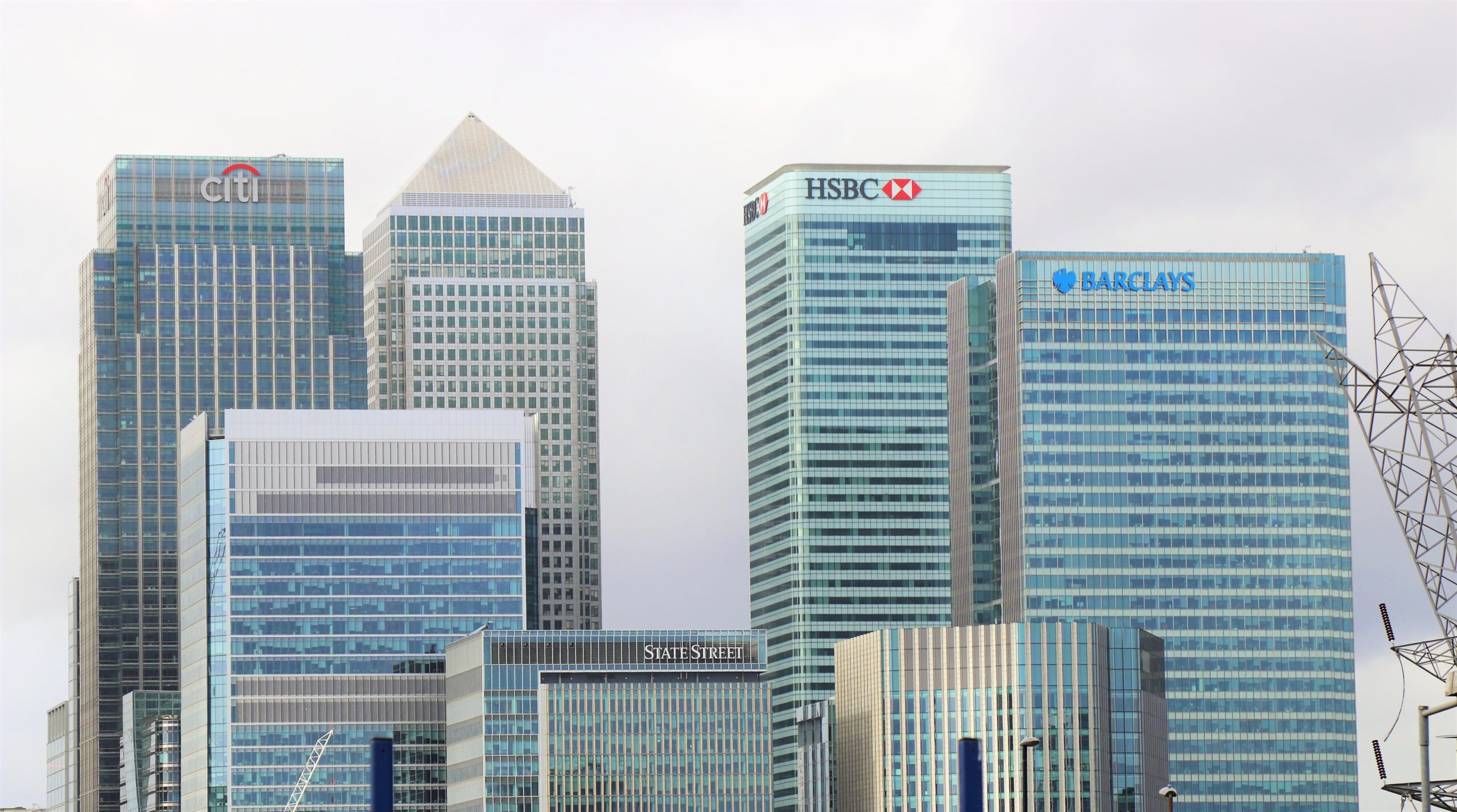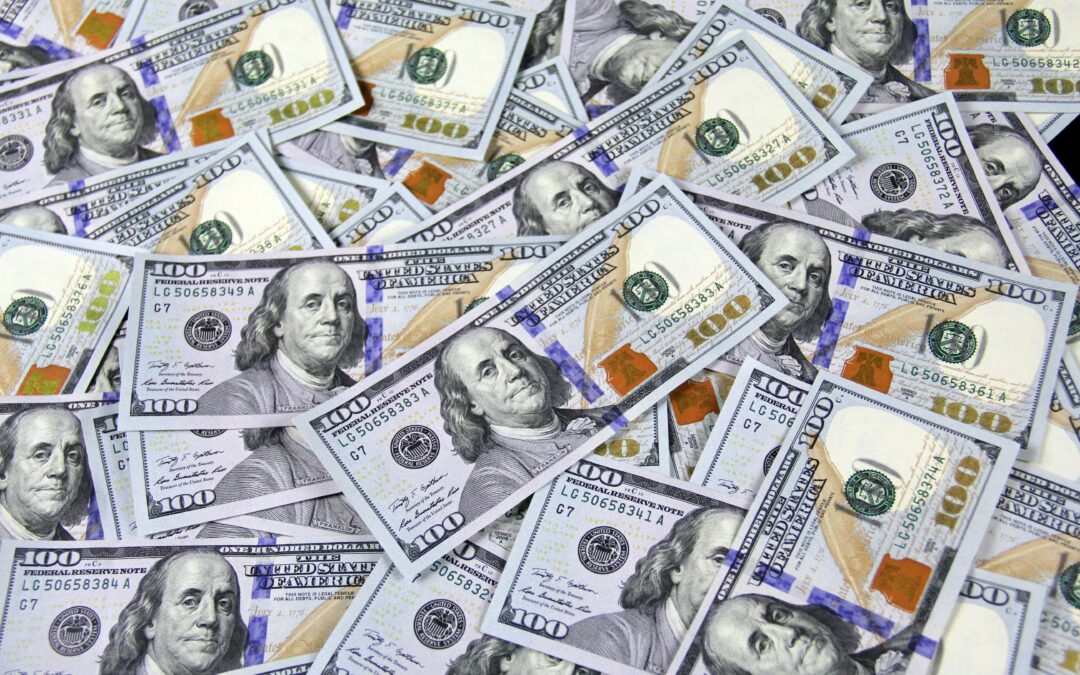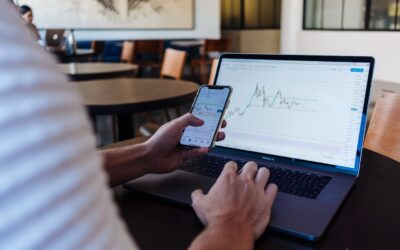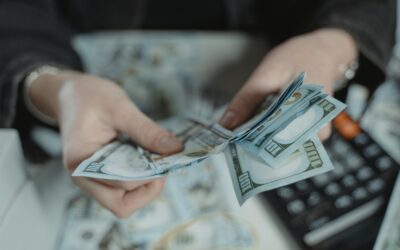The integrity of financial products is of great importance to banks. Customers expect to receive high-quality service, which also applies to the institution’s efforts marketed as sustainable. Hence, people like to ensure the selected bank is not greenwashing them before opening an account. The steps banks take to be transparent about their environment-friendly initiatives allow them to preserve their credibility.
Financial market law sanctions misleading or false conduct. For example, the Financial Services Act 2021 offers criminal provisions (Art. 90 FinSA) and liability provisions (Art. 69 FinSA) in relation to key information documents and prospectuses.
According to the UN’s 2015 Paris Agreement Update, the world must reduce carbon emissions by 2050 to limit the rise of global temperatures. Banks contribute to these emissions through investments.
What Is Greenwashing?
Greenwashing uses misinformation and manipulation to secure consumer confidence around a company’s environmental, social, and governance (ESG) claims. Think of it as a marketing hype companies create by overstating ESG efforts.
Banks usually misrepresent green credentials to trick consumers and investors into public favors and economic gains. Greenwashing is disguised in the following ways:
-
The bank states its projects are green-conscious, but there’s no concrete evidence
-
The bank invests more in environmentally friendly brands over sustainability programs or positive green practices
-
The bank has a waste-reduction program, but the end product is not environment-friendly
Tips to Check If Your Bank Is Greenwashing You
Read the Bank’s Impact Reports
Your bank’s website should have a report outlining its products, services, best practices, and networks. Look for any mention of green activities. Ensure they are not just part of Corporate Social Responsibility (CSR) projects. Don’t look at the ESG ratings because banks can pick their own evaluation approach that allows them to get the desired rating.
Look for Any Investments in Fossil Fuels
According to a Finance Watch report, 60% of global banks have USD 1.35 trillion in fossil fuels assets exposure. Most banks don’t highlight this in their reports, which is why making a decision can be tricky. The good news is that you can use independent tracking tools to get to the truth. Market Forces allow you to check a bank’s investment from a fossil fuel perspective. Another tracking tool by BankTrack and Rainforest Action Network helps you find out if banks are investing in projects that destroy nature or violate human rights.
Look at Your Bank’s Investment and Lending Criteria
If a bank claims to have sustainable activities, look at the sectors it chooses to finance. Seek out the reasons behind them will help you understand the bank’s true values and character. Determine If Your Bank Is Involved in Any Initiative That Reduces Greenhouse Gas Emissions No bank can claim it is value-driven unless committed to reducing greenhouse gas emissions.
Organizations like the Science-Based Targets initiative and PCAF (Partnership for Carbon Accounting Financials) allow banks to measure and disclose their emissions to the public. You can check these websites to see what targets your bank has set.
To spot greenwashing jargon, look for overused industry language, such as “all-natural” and “eco-friendly.” If there are any graphics of streams, trees, and mountains claiming that the bank has invested in such projects, find proof. A lack of details is usually what makes people suspicious. The best way to ensure they truly do what they say is to find reports on their projects.





